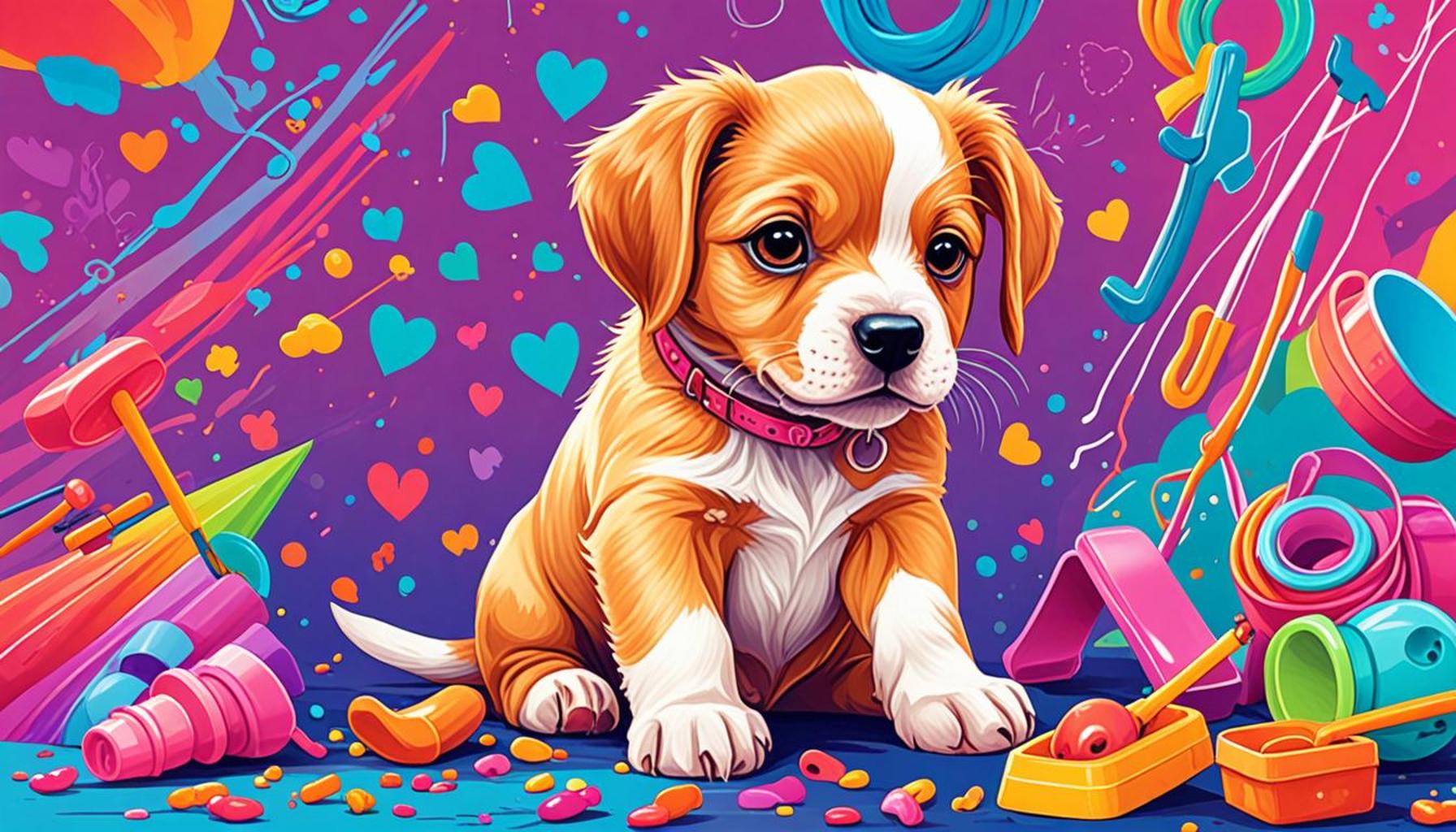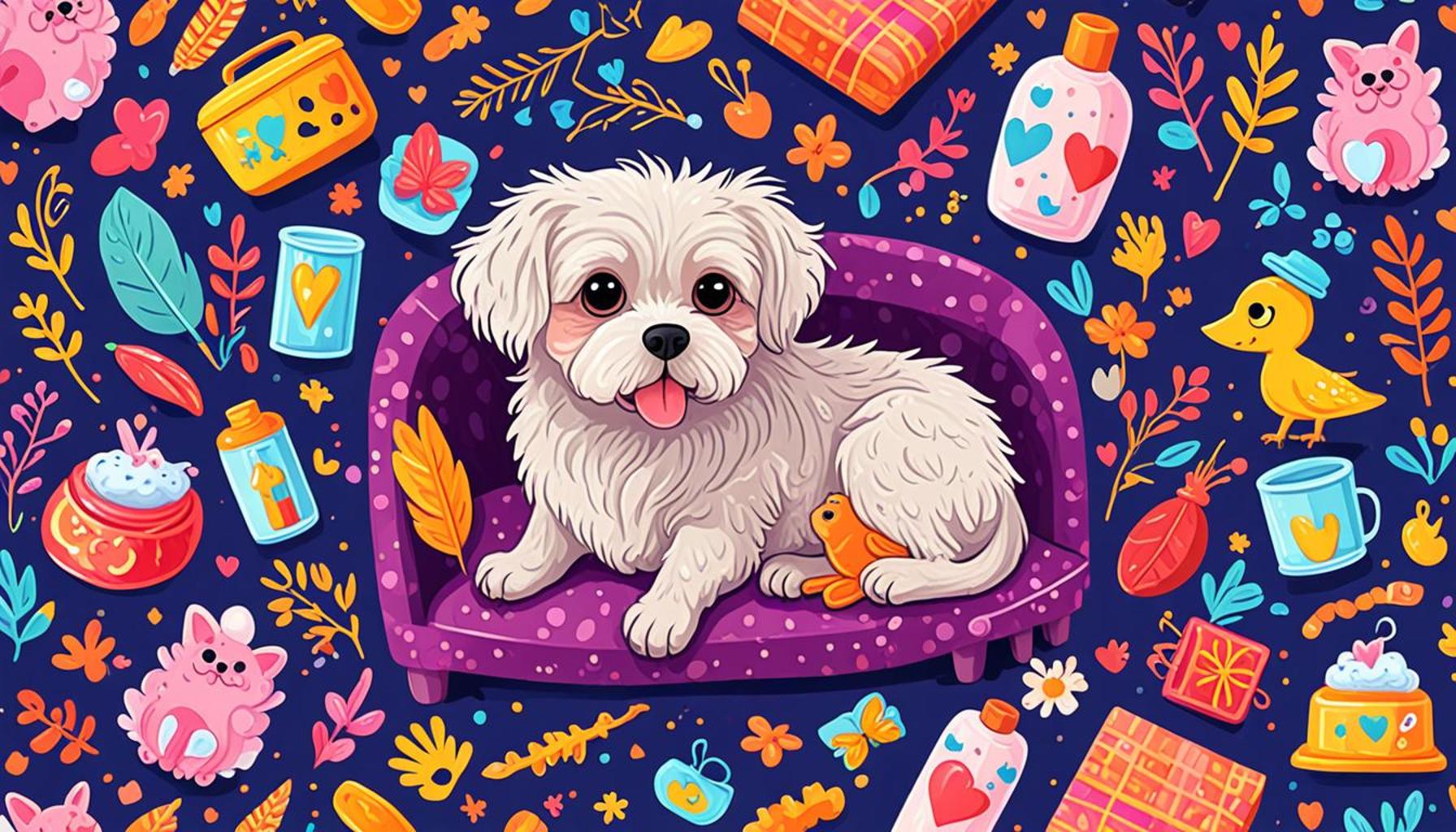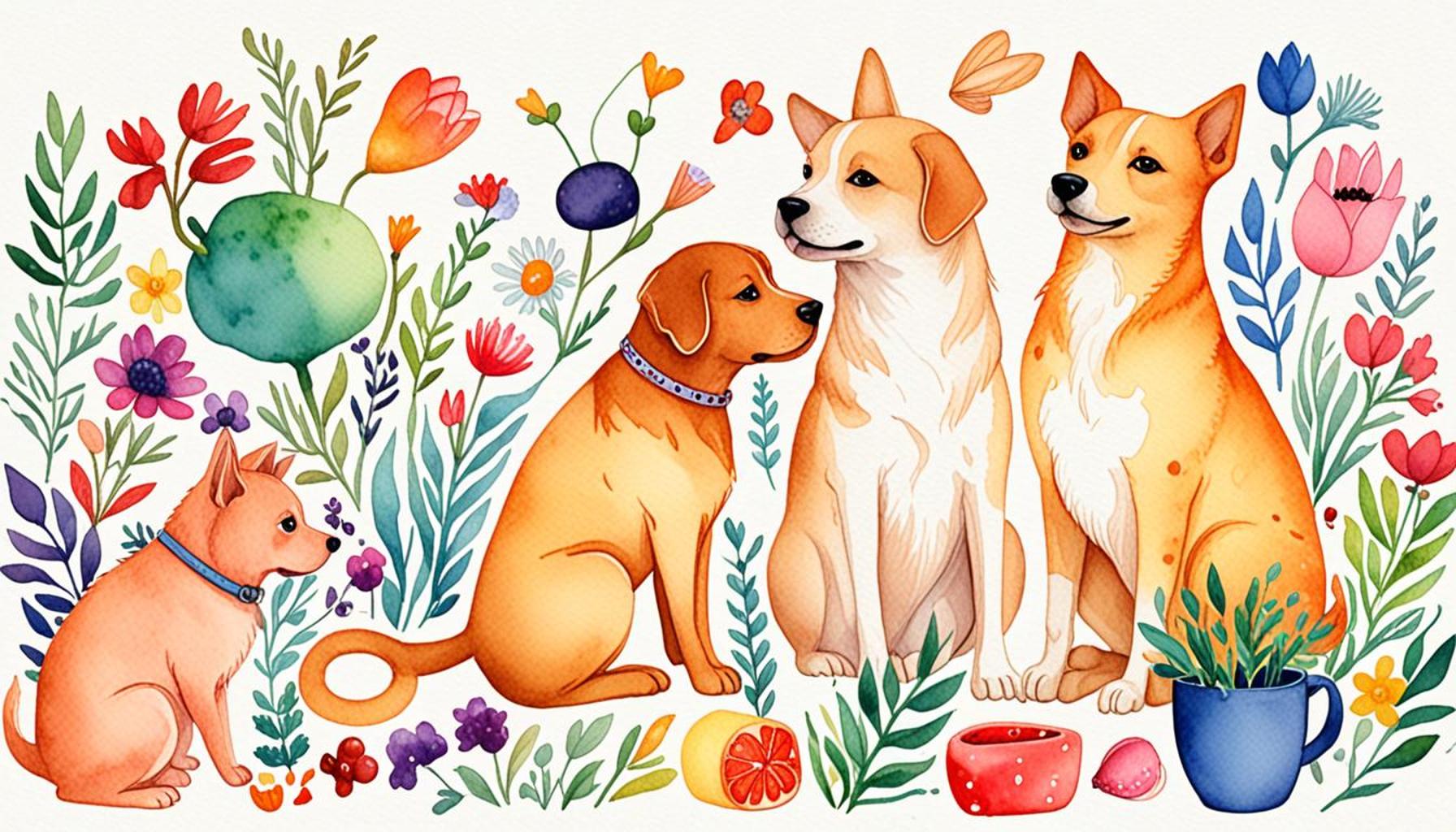How to Choose Safe and Educational Toys for Pets
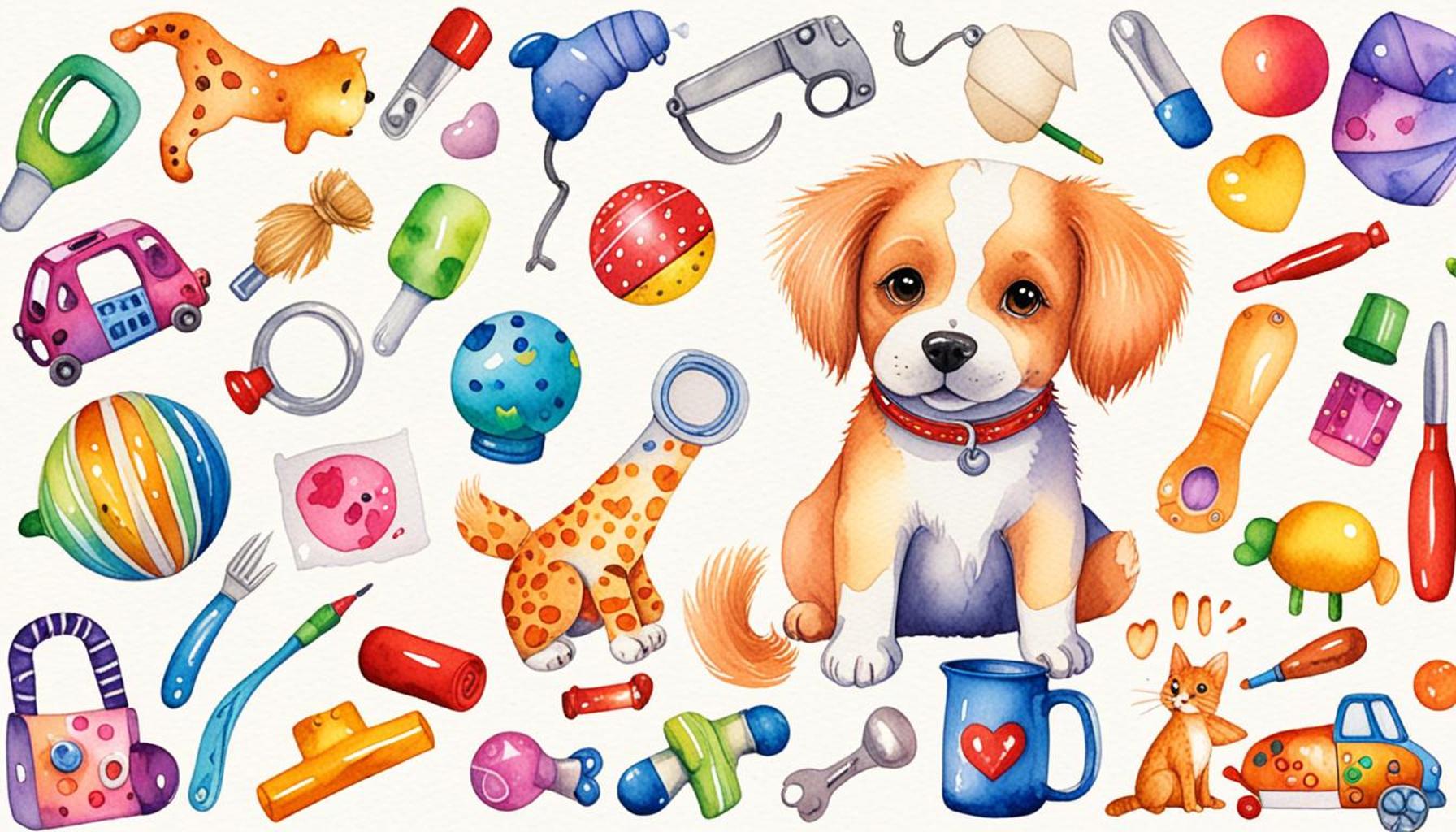
The Importance of Choosing the Right Toys
When it comes to our furry companions, providing the right toys is not just about keeping them occupied; it plays a pivotal role in their growth and overall well-being. Choosing safe and educational toys not only entertains our pets but also stimulates their minds, encouraging healthy mental development. With countless options available in pet stores and online, discerning which toys to select becomes crucial for pet parents. So, what are the guiding principles for making the best choices?
Key Considerations for Safe and Beneficial Toys
- Material Safety: The materials used in pet toys are paramount to ensuring safety. Always opt for non-toxic substances such as rubber, canvas, or natural fibers. For instance, many pet owners have found that toys made from organic cotton or biodegradable materials not only reduce their pets’ exposure to harmful chemicals but also minimize environmental impact.
- Age Appropriateness: Selecting toys that align with the age and size of your pet is essential. Puppies, for example, benefit from softer toys that help with teething. Conversely, a robust adult dog may require sturdier, larger toys to avoid choking hazards. Always read labels to ensure you’re picking toys suited to your pet’s specific stage of life.
- Interactive Features: Toys that promote engagement—such as puzzle feeders or tug-of-war toys—can enhance your pet’s problem-solving skills and physical activity. For example, a dog puzzle that dispenses treats can keep a dog occupied for hours, while also challenging them mentally.
- Durability: Pets have unique play styles, and some, especially aggressive chewers, can destroy toys quickly. It’s essential to choose durable options designed to withstand intense play. Brands like Kong make toys that are virtually indestructible, which not only offer a safe choice but also provide longevity.
Understanding Your Pet’s Behavior
Understanding your pet’s unique behaviors can also guide your toy selection. Some toys are designed for solitary play, like chew toys that encourage independent fun, while others foster social interaction, such as fetch balls or rope toys made for two. Prioritizing education and safety in your toy choices not only helps prevent accidents but also transforms playtime into valuable learning experiences. This can include introducing toys that mimic your pet’s natural instincts, such as feathered toys for cats that stimulate their hunting behavior.
Conclusion
In summary, selecting the right toys for your pets transcends mere fun; it can significantly influence their physical and mental development. By focusing on material safety, age-appropriateness, interactive features, and durability, pet owners can make informed decisions that promote healthy habits and strong bonds with their furry friends. So, the next time you’re out shopping for pet toys, consider these factors carefully to invest in your companion’s happiness and well-being.
DISCOVER MORE: Click here to learn effective training techniques
Recognizing Potential Hazards
Before diving into the world of pet toys, it’s essential to recognize potential hazards that could compromise the safety of your beloved animal. While many toys are fun and engaging, not all are created with pet safety in mind. A growing concern among pet owners is the presence of small, detachable parts that can be easily swallowed, leading to choking or intestinal blockages. In fact, according to the American Society for the Prevention of Cruelty to Animals (ASPCA), a significant number of emergency room visits for pets each year result from ingesting foreign objects, including toy components.
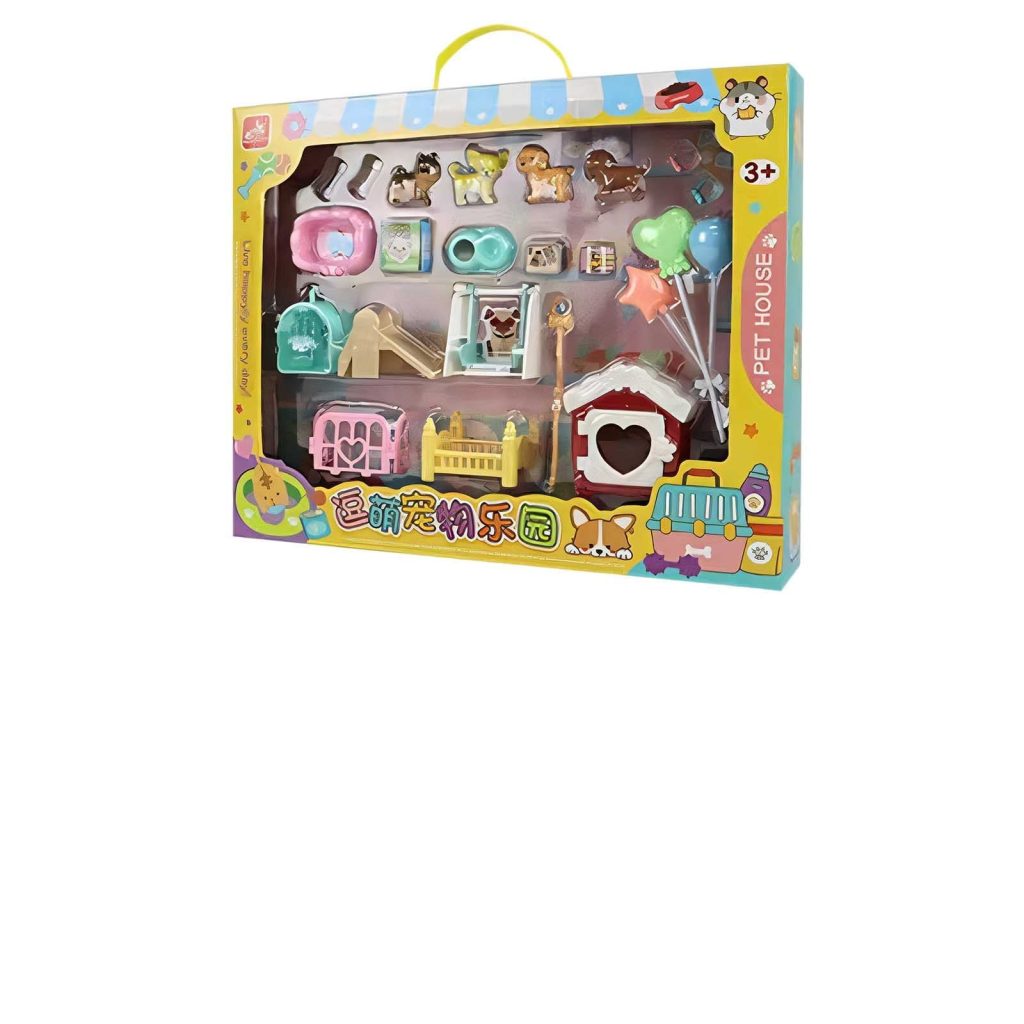
When selecting toys, be vigilant about checking for labels that clearly indicate they meet safety standards. Look for seals of approval from organizations like the Association of American Feed Control Officials (AAFCO) or the Pet Food Institute (PFI), which signify that certain guidelines and quality control measures have been adhered to. Furthermore, it’s advisable to avoid toys that are produced in countries with less stringent manufacturing regulations, where unsafe materials could be more prevalent.
Assessing the Educational Value
Choosing educational toys can significantly enhance your pet’s life, promoting not just entertainment but also learning and skill development. Here are several types of educational toys to consider, which are designed to engage your pet’s cognitive abilities:
- Puzzle Toys: These challenge pets to think and strategize in order to receive a reward, such as a treat. Dogs and cats alike thrive on such mental exercises, which often mimic real-life foraging behavior.
- Interactive Toys: Toys that move, make sounds, or respond to your pet’s actions encourage playful engagement. For example, automatic ball launchers for dogs not only motivate physical exercise but also allow pets to play independently.
- Training Tools: Incorporating toys that double as training aids, like clickers or reward balls, can foster better behavior and learning within your pet. These tools can assist with basic commands and behaviors while providing fun.
The objective is to select toys that not only keep your pet occupied but also enrich their understanding of their environment. Fundamental instincts such as hunting, digging, or problem-solving can be nurtured through the right selection of toys, ultimately leading to a happier and more fulfilled pet.
Importance of Supervision
Even the safest toys can present risks if left unsupervised. It’s advisable to regularly monitor your pet during playtime, checking for any damage that could render the toy unsafe. Reinforcing this habit prevents accidents and ensures that your pet remains engaged with safe and suitable options. By being proactive and observing your pet’s interaction with their toys, you can identify which toys are genuinely fulfilling and beneficial to their overall development.
| Toy Type | Benefits of Choosing Safe Toys |
|---|---|
| Interactive Toys | Enhance cognitive skills and reduce boredom, keeping pets engaged. |
| Natural Materials | Safe for health, ensuring no harmful chemicals are ingested. |
| Durable Toys | Lasting investment that withstands rough play and reduces waste. |
| Educational Toys | Stimulate learning by encouraging problem-solving and physical activity. |
When selecting toys, considering their category is essential for ensuring safety and promoting educational play. For instance, choosing interactive toys can significantly enhance your pet’s cognitive skills and effectively reduce boredom, which is essential in keeping a pet mentally stimulated. Furthermore, opting for toys made from natural materials not only guarantees safety by preventing harmful chemicals from being ingested but also contributes to a healthier playtime experience for pets.Durable toys provide another excellent option as they are a long-term investment, capable of withstanding rough play, thus reducing the need for frequent replacements and minimizing waste. Finally, investing in educational toys can foster a pet’s learning abilities by encouraging problem-solving and promoting physical activity, making playtime both fun and beneficial. Choosing the right toy truly enhances your pet’s well-being and learning opportunities, creating enriched life experiences.
EXPLORE MORE: Click here for essential tips on pet nutrition
Material Matters
Another critical aspect of selecting safe toys for pets is the materials from which they are made. The safety and durability of a toy largely depend on its composition. For example, toys made from durable, non-toxic materials such as rubber or dense nylon can withstand aggressive play while remaining safe for your pet. Conversely, toys made from soft plastic or synthetic materials may pose a risk of breaking apart easily, creating small pieces that could be swallowed.
When shopping for toys, look for those labeled as phthalate-free, BPA-free, and lead-free. These chemicals, often found in plastics, can leach into your pet’s system during play. Brands that are committed to pet safety will often highlight these features on their packaging. Additionally, consider organic options, such as cotton or hemp-based toys, which can minimize exposure to harmful chemicals.
Size Matters
Finding the right size for your pet’s toys is crucial in ensuring both safety and enjoyment. Toys that are too small can pose a choking hazard, while those that are too large can be unwieldy. For instance, a small dog might struggle with a large tennis ball, whereas a big breed may easily swallow a small squeaky toy. Always adhere to the manufacturer’s recommendations regarding suitable pet sizes.
A useful guideline is to select toys that are larger than your pet’s mouth to minimize choking risks. It may also help to take into consideration your pet’s breed and typical play habits. For instance, while a medium-sized dog might enjoy plush toys, a more vigorous chewer may require sturdier options tailored for aggressive play.
Durability and Lifespan
The lifespan of a toy often correlates with its materials and type. Durable toys, especially those focused on chew strength, can provide entertainment for long periods, saving you the hassle and expense of frequent replacements. Look for toys with guaranteed durability from reputable brands. In fact, some companies offer warranties for their products, a testament to their confidence in the toy’s resilience.
During your selection process, assess how your pet interacts with different types of toys. This might mean observing what lasts the longest in your home versus which toys are destroyed quickly. Durable brands may utilize advanced materials designed to endure aggressive chewing and rough play, while others might focus on promoting light interaction.
Consider Your Pet’s Preferences
Understanding your pet’s individual preferences plays an essential role in choosing the right toys. Just as humans have varied tastes, so too do pets. Some pets are naturally drawn to rubber chewing toys, while others may prefer a squeaky toy that captures their attention. Engaging a pet’s instinctual behaviors encourages them to explore their environment and keeps them mentally stimulated. Moreover, the use of toys that cater to their unique preferences will enhance the overall enjoyment and effectiveness of playtime.
Incorporating a variety of toy types into your pet’s play regimen not only prevents boredom but also ensures they experience different levels of challenge and interaction. Rotate toys regularly to maintain your pet’s interest and maximize the development of their skills.
DISCOVER: Click here to learn more about your dog’s diet
Conclusion
Choosing safe and educational toys for your pets is crucial in promoting their overall well-being and development. By considering factors such as materials, size, durability, and your pet’s unique preferences, you can ensure that the toys you select not only entertain but also enrich their lives. Remember, the right toy can provide mental stimulation, encourage physical activity, and even strengthen the bond between you and your furry friend.
As you navigate the multitude of options available, prioritize toys made from non-toxic, durable materials that are appropriate for your pet’s size and play style. Engaging toys that cater to their instincts will help combat boredom and encourage healthy behaviors, making playtime more enjoyable and beneficial. Regularly rotating toys and observing your pet’s interactions will enhance their experience and prevent stagnation.
In addition to physical safety, consider the educational value of toys that challenge your pet intellectually, helping them to develop problem-solving skills and coordination. With a thoughtful approach to selection, you can provide a stimulating play environment that supports your pet’s needs. Ultimately, investing in high-quality, safe, and educational toys will contribute to a happier and healthier pet, ensuring years of joyful play for both you and your companion. So take the time to explore, research, and make informed choices that will immensely benefit your beloved pet’s life.
